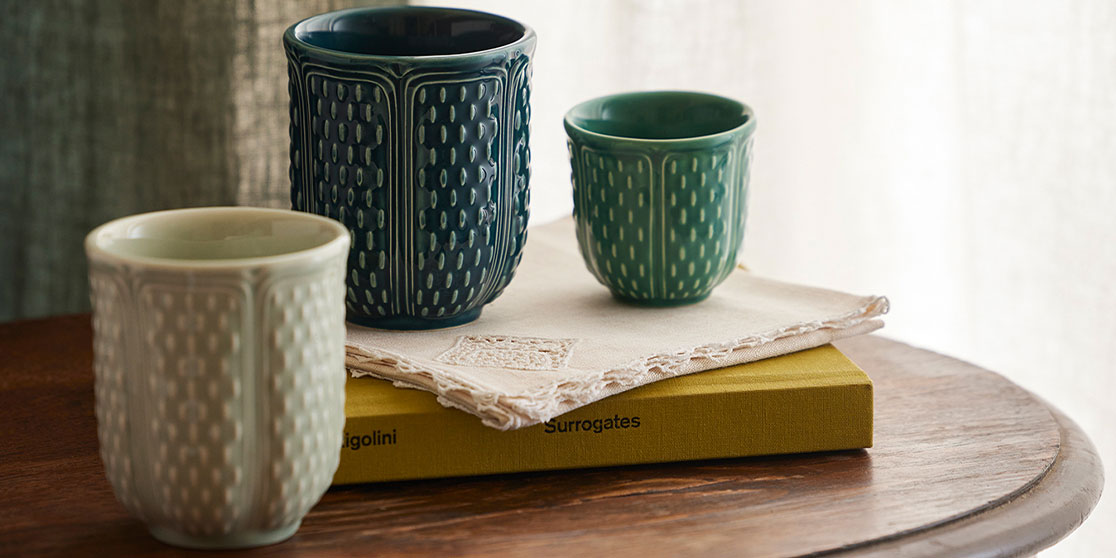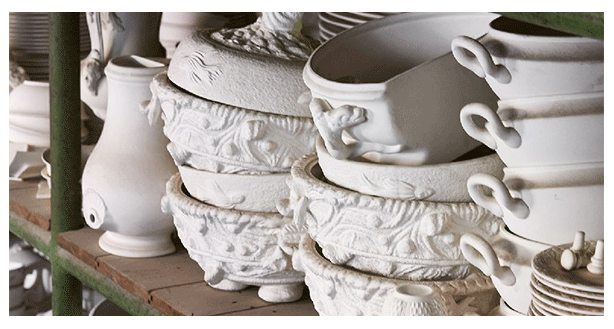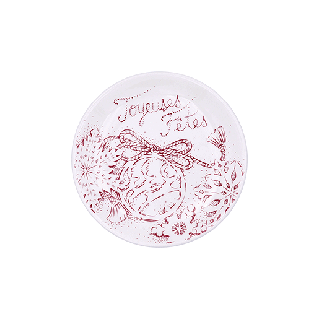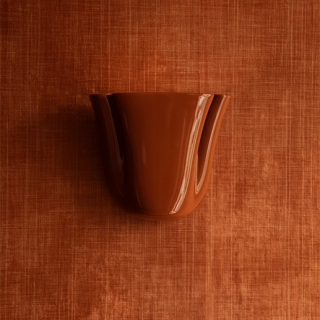
Bienvenue sur le site officiel de la Faïencerie de Gien, là où l’histoire a commencé il y a 200 ans.
Toutes les étapes de la fabrication sont réalisées dans notre Manufacture de Gien, en Val de Loire, selon un savoir-faire bicentenaire.
Cette quête d’excellence alliée à la créativité permet à la Faïencerie de Gien d’être labellisée Entreprise du Patrimoine Vivant.
Découvrez nos nouveautés
Trouver une
Boutique
Dans chacune de nos boutiques Gien et chez nos boutiques partenaires, nous sommes à votre disposition pour vous conseiller et vous présenter les nouveautés en accord avec votre style de décoration et vos envies...


le savoir faire gien
La Faïencerie de Gien, une fabrication française, du tas de terre à la pièce d’exception.
Depuis sa création il y a 200 ans, la Faïencerie de Gien, la plus grande Faïencerie d’Europe, symbolise le raffinement, le luxe et l’art de vivre à la Française. Elle a fait sa renommée en fabriquant les services de table aux armoiries des plus grandes familles de France et d’Europe et... les carreaux du métro parisien en 1930.



















